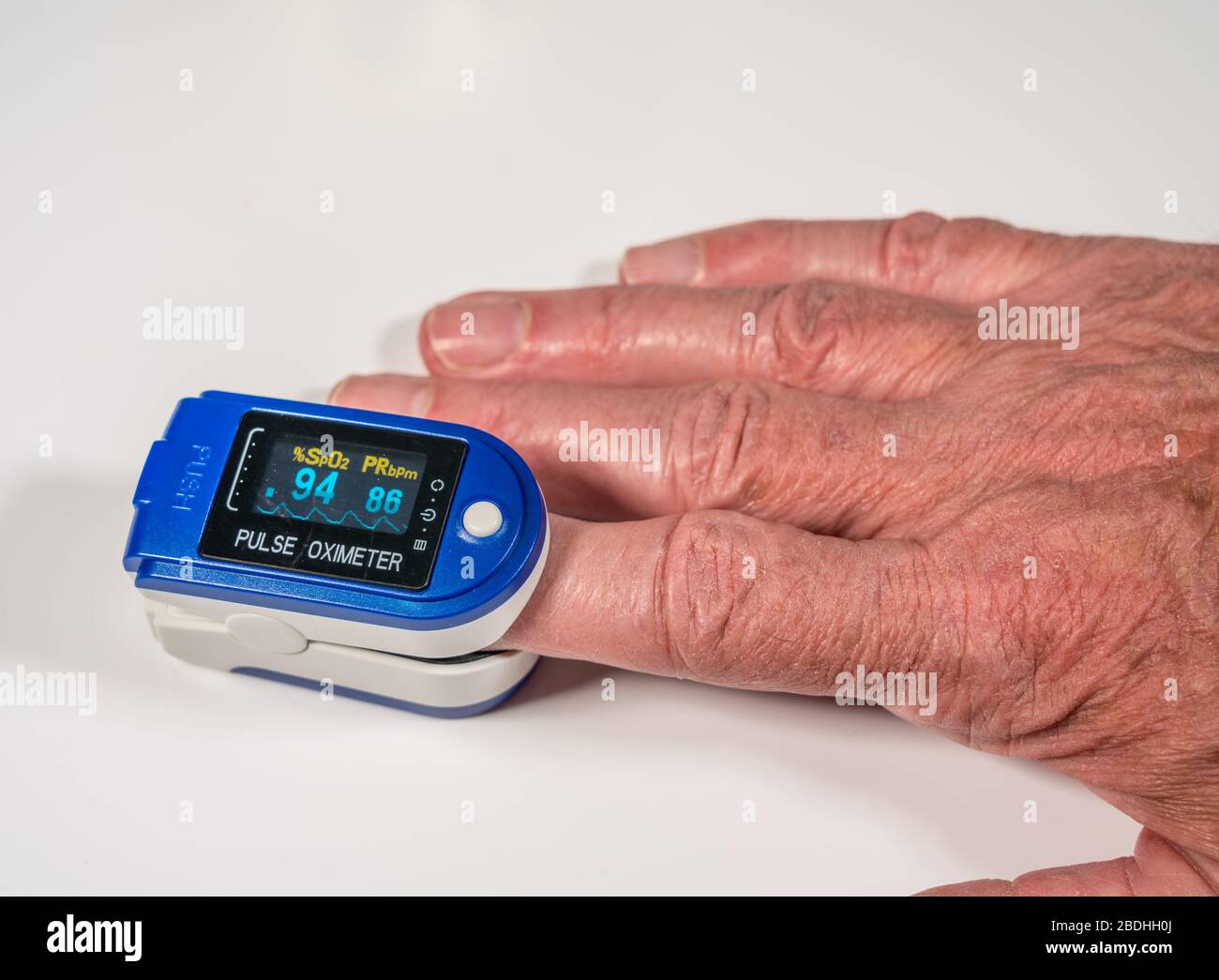- Is 92 Oxygen Level Low
- Normal Blood Oxygen Level In Denver
- Good Blood Oxygen Level Nhs
- Good Blood Oxygen Level Covid
- A diet low in sodium can lead to increased oxygenation via the kidney and the blood. Eat green raw foods. Oxygen-rich foods can naturally increase your blood oxygen levels. Try eating more green vegetables like kale, broccoli and celery in order to boost your oxygen levels and hopefully breathe easier.
- Monitor my oxygen levels? Many people have COVID-19 and do not know it because they do not have symptoms. COVID-19 can cause an infection in your lungs, which can lower the oxygen level in your blood. When your oxygen level is low, you may feel tired or have shortness AM of breath, but you may not feel different at all. This can be dangerous.
- The normal oxygen levels in a pulse oximeter usually range from 95% to 100%. Blood oxygen levels below 90% are considered low (hypoxemia). Hyperoxemia is generally detected using ABG testing and is defined as blood oxygen levels above 120 mmHg.
- Normal arterial blood oxygen levels as measured by an arterial blood gas range from 75 to 100 millimeters of mercury (mm Hg), which is a measurement of the amount of oxygen that is dissolved in the arterial blood. According to the Mayo Clinic, values under 60 mm Hg usually indicate that a person needs supplemental oxygen.
Blood oxygen levels are not only critical for good health, but essential for peak athletic performance. Low levels of oxygen have been shown to contribute to physical and mental fatigue, poor endurance, lactic acid build up and a decreased ability to heal.
Overview
What is hypoxemia?
Hypoxemia occurs when levels of oxygen in the blood are lower than normal. If blood oxygen levels are too low, your body may not work properly.
Blood carries oxygen to the cells throughout your body to keep them healthy. Hypoxemia can cause mild problems such as headaches and shortness of breath. In severe cases, it can interfere with heart and brain function. Hypoxemia that causes low oxygen levels in your body’s tissues is called hypoxia. Sometimes people use the two terms interchangeably, but they are not the same thing.
Symptoms and Causes
What causes hypoxemia?
A variety of conditions and circumstances can interfere with the body’s ability to deliver normal levels of oxygen to the blood. Some of the most common causes of hypoxemia include:
- Heart conditions, including heart defects
- Lung conditions such as asthma, emphysema, and bronchitis
- Locations of high altitudes, where oxygen in the air is lower
- Strong pain medications or other problems that slow breathing
- Sleep apnea (impaired breathing during sleep)
- Inflammation or scarring of the lung tissue (as in pulmonary fibrosis)
What are the symptoms of hypoxemia?
Symptoms of hypoxemia vary depending on the severity of the condition. They include:
- Shortness of breath
- Fast heartbeat
- Coughing
- Confusion
- Bluish color in skin, fingernails, and lips
Diagnosis and Tests
How do doctors diagnose hypoxemia?
To diagnose hypoxemia, your doctor will do a physical examination to listen to your heart and lungs. Abnormalities in these organs can be a sign of low blood oxygen. Your doctor may also check to see if your skin, lips, or fingernails look bluish.
Doctors use tests to check your oxygen levels, including:
- Pulse oximetry: A sensor that slips over your finger measures the amount of oxygen in your blood. Pulse oximetry is painless and noninvasive. Many doctors use it routinely each time you visit.
- Arterial blood gas test: A needle is used to take a blood sample from your artery to measure the levels of oxygen in your blood.
- Other breathing tests: These might involve breathing into tubes that are connected to computers or other machines.
Management and Treatment
How do doctors treat hypoxemia?


Treatment for hypoxemia aims to raise the levels of oxygen in the blood. Doctors can use medications to treat underlying conditions that cause hypoxemia. These medications are often given through an inhaler that enables you to breathe the medicine into your lungs.
In more severe cases, your doctor may prescribe oxygen therapy. People typically receive extra oxygen through a device called a cannula (tube) that is clipped to the outside of the nose, or through a breathing mask. The location and amount of time people receive oxygen therapy is based on individual needs. You may receive oxygen at home, with a portable machine while you travel, or in the hospital.
What are the complications or side effects of hypoxemia?
If your blood does not have enough oxygen, it cannot deliver enough oxygen to the organs and tissues that need it. This situation can be fatal if severe in the short term and can affect the heart or brain if it persists over a long period of time.
Is 92 Oxygen Level Low
Prevention
Can hypoxemia be prevented?
There are steps you can take to prevent hypoxemia from returning after treatment. To increase the oxygen levels in your blood, your doctor may recommend:
- Deep breathing exercises
- Mild exercise such as walking or yoga
- Eating a healthy diet
- Drinking plenty of water
- Quitting smoking
Outlook / Prognosis
Normal Blood Oxygen Level In Denver
What is the outlook for people with hypoxemia?
Good Blood Oxygen Level Nhs
Hypoxemia symptoms can go away with treatment. Depending on the cause, people with hypoxemia may require treatment once or on an ongoing basis. Your doctor will work with you to manage the condition so you can live an active, healthy life.
Living With
Good Blood Oxygen Level Covid
When should I call a doctor regarding hypoxemia?

Contact your doctor if you experience symptoms of hypoxemia. Early diagnosis and treatment can help ensure the condition does not get worse and cause dangerous complications.
